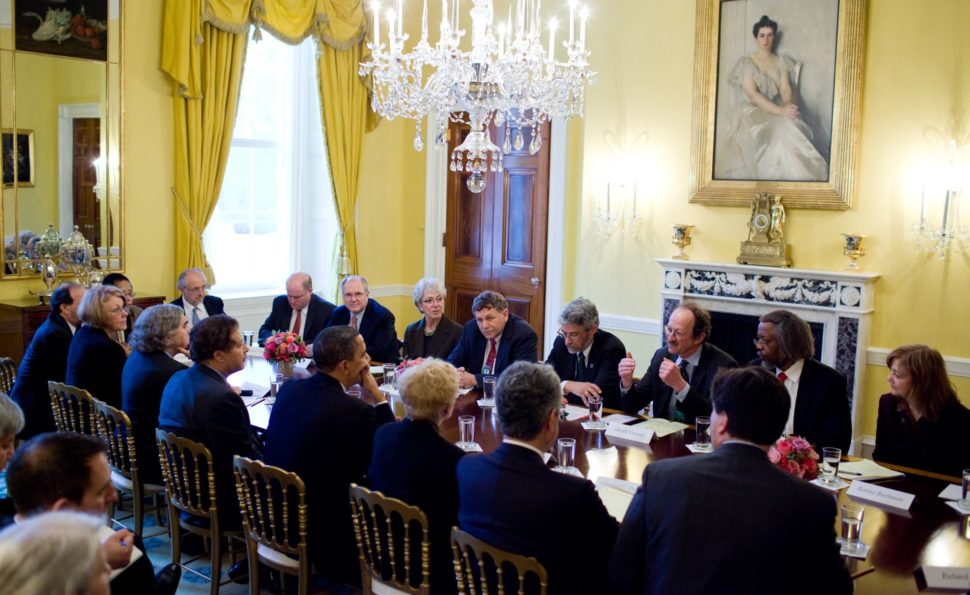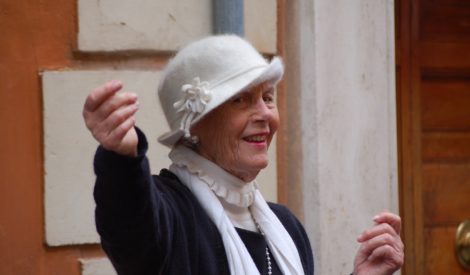The significant role technology can play in managing challenges associated with getting older, was emphasized yet again in a report that was released last week by President Obama’s Council of Advisors on Science and Technology. In the report, PCAST investigated policies that have the potential to increase older adult’s ability to live independent and connected lives, and concludes something we have been saying for years: technology has the potential to change the way we age completely.
According to the U.S. Census Bureau, an unprecedented 15 percent of the total U.S. population was over the age of 65 in 2014 – a percentage that translates into more than 46 million Americans. “With many Americans whishing to live in their homes and communities for as long as possible, technology such as wearable sensors and other tools for daily living can make that possible,” said PCAST members Christine Cassel and Ed Penhoet. Focusing on three primary challenges common with aging, PCAST made recommendations intended to advance the use of technologies that would have great potential for improving people’s lives.
These three primary challenges common with aging – as identified by PCAST – are exactly the challenges that have motivated us in the past years: social connectivity & emotional health, cognitive ability and physical ability. In addition to the reports proposed general solutions, this is how we specifically tackle these challenges through the use of technology:
Social connectivity and emotional health
One of the biggest challenges associated with older adults is the danger of isolation, and the feelings of loneliness that can arise as a consequence. Being fundamentally social creatures, it is of great importance for each and every one of us that we feel connected and ‘seen’ by the people that are important to us.
A sense of isolation, therefore, is known to carry with it serious risks regarding issues of mental- and physical health. Studies show that feelings of loneliness are for instance closely linked to depression, and can impact blood pressure.
Of course the problem of isolation can affect anyone, but older adults are particularly vulnerable to this problem – due to an inevitable loss of friends and family, mobility or income. We therefore believe that it is important to find solutions for this problem that are both accessible, easy-to-use and do not result in large expenses.
Our proposed solution plays into the already widespread use of smartphones, as we believe that smartphone technology has the potential to provide users with a whole range of technological possibilities – all collected in one easy-to-use device, for a fraction of the usual costs. Our GoLivePhone software is engineered for older adults especially, and keeps users permanently connected with both professional caregivers ánd their friends & family – through the use of various applications; automatically set-up telephone connections, games, and easy-to-use photo and video galleries that can be updated at any time, from any location.
Cognitive abilitity and physical ability
Thinking, reasoning, and high-level communication: these are the very abilities that set us apart as a species. Our brains are important – for our perspective on the world, our ability to connect with the people around us, and especially our independency.
Research shows: the best way of keeping your brain in shape is by challenging it. Using the GoLivePhone software, it becomes incredibly easy for users to download lots of enjoyable games that have been proven to train the brain in a playful yet effective way.
In addition, it is also become more and more clear that our physical wellbeing is hardly apart from our mental wellbeing. On the contrary: the two are closely linked. Being in good shape improves our blood circulation, which helps the brain function more effectively. Also: while we exercise, our brain releases certain chemicals – like serotonin and dopamine – that make us feel happier. Because of this, the risk of mental illness and depression decreases as we exercise more.
The GoLivePhone software has been engineered especially to allow users to improve their lifestyle independently. The software uses a non-invasive, completely automated method of measuring activity, which yields a detailed insight into a users lifestyle and the role exercise plays in it. This enables users to take control and effectively create a personal plan for a healthier lifestyle.
Changing the way we age
While scientific support and media attention for our solutions grow steadily, we are already working very hard at developing even more advanced solutions to the problems identified by the PCAST and explained above.
As we are gaining more and more support for our prediction that technology will to change the way we age in a revolutionary sense, we can see the future we have been envisioning coming closer and closer: a future in which we can continue to live independent, connected and active lives – well into our nineties!




